Hello. My name is Ito, and I am a consultant at Values, a data marketing company.

Mafuyu Ito, Marketing Consultant, Values Inc.
After graduating, Ito worked at a publishing company. After working as a sales representative and secretary to the president, she joined Values. Currently, she provides marketing support to business companies.
It has been almost a year since COVID-19 spread. Several waves of increased infections have occurred, and telecommuting has become the norm in Japan. The current lifestyle is expected to continue for a long time to come, and marketing is exploring ways to communicate with consumers online.
In this article, I am going to discuss the results of my previous article, “What are the new needs for cosmetics created by COVID-19? Understanding Consumer Discontent about Beauty from Data, and Focusing on Communication Design.", I will continue my research on the impact of COVID-19 on the cosmetics industry.
I am going to use data to decipher the changes in consumer needs over the past year and the responses of cosmetics companies to these changes.
Changes in consumer needs over time
First of all, cosmetics are divided into different categories, make-up and skincare.
I conducted a time-series analysis of the changes in Japanese consumer needs in each product category.
The method is to select target search words and examine consumer needs by looking at the changes in the number of searchers on the internet.
■Make-up (Base Make-up)
In the base makeup category of makeup, I will analyze search terms for "foundation(ファンデーション: blue)" and "makeup base(化粧下地: pink). "

The trends of these two keywords show that although the number of users dropped significantly in April 2020, when the state of emergency was declared from the government in Japan, the number of users returned in May. However, it has not fully returned to the original level, with both foundation and makeup base numbers decreasing by about 20%.
■Make-up (Point Make-up)
In the "point makeup" category, I analyzed three search terms: lipstick(口紅: blue)
(including similar words as lip(リップ)), mascara(マスカラ: pink), and eye shadow(アイシャドウ: green).

The number of users of lipstick almost halved in April 2020 but has remained at a low level since then without recovering. This is thought to be largely due to the impact of masks becoming an essential part of life in Japan.
On contrary, the number of users of mascara and eye shadow decreased in April 2020, but the number of users has since recovered and is roughly back to the original level. Note that the figure below excludes lipstick.

Data on the number of users excluding lipstick
Furthermore, if comparing May-July 2019 with May-July 2020, the number of searchers is higher in 2020, indicating that they are likely to focus on the part which are not covered by mask, eye makeup in particular.
■Skin care
For skincare, I conducted an analysis of search terms for lotion(化粧水: blue), milky lotion(乳液: pink), and serum(美容液: green).

For skincare-related keywords, although there was a decrease in April 2020, it increased in May 2020 and then remained at approximately the same level. Compared to make-up keywords, it does not seem to be decreasing, but it also does not appear to be growing significantly.
Since skin care is a routine activity, the impact of the COVID-19 is minimal. However, now that new lifestyles are taking root, there may not be a special interest in skincare in the near future, as there was for a while in the "stay-at-home beauty" trend.
Which companies are growing even in COVID-19 pandemic?
Next, let's take a look at the ranking of sites in the cosmetics shopping category that have seen an increase in the number of users between February 2020 and February 2021.

Among these brands, I would like to pick up and analyze brands that are mainly handled in stores and department stores, rather than cosmetics companies that are mainly sold through E-commerce sites.
Therefore, we will focus on Acseine, POLA, and Estee Lauder.When comparing the number of users for these three companies, the results were as follows.

Acseine(アクセーヌ: blue) has seen a sharp increase in the number of users in February 2021, which seems to have been higher than the same period last year. POLA has seen a gradual upward trend in the number of users since June 2020, but after a large increase in December 2020, the number of users has bottomed out in both January and February 2021. Estee Lauder(エスティローダー: green) also saw an increase in the number of users from October to December 2020.
Acseine seems to be growing its user base by attracting customers through advertising. Acseine offers skincare products that can be used by people with sensitive skin, and perhaps the company is strengthening its efforts to attract customers during a time when pollen tends to cause skin irritation.
POLA is also using advertising to attract more customers and has been stepping up advertising before the launch of its new product "Wrinkle Shot Medical Serum" in January 2021.
In addition, the POLA site has seen an increase in the number of visitors coming in through natural search.

Estee Lauder saw a growth in users from October to December 2020, which seems to be due to organic search traffic and the impact of growth in traffic via email and no-referrers.

Changes in the number of visitors to the Estee Lauder website via e-mail
Estee Lauder began taking reservations for its Christmas collection in October 2020, which suggests that organic search is growing due to the impact of the collection, and the implementation of mail magazine policies.
Christmas collection is a product that gets more and more exciting every year, but in 2020, it is thought that more people are considering purchasing it on the web. While the COVID-19 has reduced the amount of enjoyment, people who want to enjoy the special and eventful atmosphere may have made reservations and purchases.
In this way, we can see that cosmetic brand, which were mainly sold in department stores and over the counter, are gradually attracting users to the web.
Are there any shifts in product needs?
At the beginning of this article, I analyzed the changes in consumer interest based on makeup-related keywords and skincare-related keywords quantitatively, and from now I will analyze whether the focus of consumers' attention on cosmetic products is changing.
First, let's look at the data on foundations. In the year before the COVID-19, from March 2019 to April 2020, I grouped the words that "foundation" searchers looked up in the three hours before and after searching for "foundation" by using a clustering method.
By grouping the crossed words, we can analyze the searchers' points of interest on foundation. The results were divided into six clusters as shown below.

We can see that there are many searches for different types of foundations such as powder foundation(パウダーファンデーション: red), liquid foundation(リキッドファンデーション: red), mineral foundation(ミネラルファンデーション: purple), cushion foundation(クッションファンデーション: gray), and BB cream(BBクリーム: orange), as well as for age (40s/50s) (sky blue) and price (petit price)(green).
Furthermore, I group the keywords in the same way for the period from March 2020 to April 2021, after the impact of the COVID-19.

As in March 2019-February 2020, we can see the types of foundations such as liquid foundation(green), cushion foundation(green), and mineral foundation(purple), as well as searches for ages such as 40s/50s(yellow).
The difference between this period and the previous one is that keywords unique to COVID-19, such as "foundation that doesn't stick to masks(blue)," have come up, as well as keywords for a new product called V3 Foundation.
The V3 foundation is a foundation that can be expected to have a firming effect and has been a hot topic since March 2020.
Despite the fact that the product was launched just as the effect of COVID-19 was starting to appear, the number of searchers increased, indicating that the product was attracting attention.
Even though interest in make-up is on the decline, it can be said that the product is gaining the attention of consumers through its topicality.
Are there any shifts in the interests and concerns of the searchers of foundation on the Internet?
From this point on, I am going to analyze who the foundation searchers are more deeply. Specifically, I am going to use a questionnaire survey to find out what else they are interested in and what physical problems they have and so on.
■Changes in interests
What are the other interests of people searching for "foundation" before and after COVID-19? Here's a look at the questionnaire responses from people searching for "foundation".
▼Before COVID-19 (March 2019 - February 2020)

March 2019-February 2020 Foundation Searchers' Interests (Questionnaire Survey Responses)
▼ After COVID-19 (March 2020 - February 2021)

Interests of foundation searchers from March 2020 to February 2021 (questionnaire survey responses)
The way to look at the figure is that the further to the right you go, the higher the characteristic value of the "foundation" searchers, meaning that they are characteristically more interested in the topic as a whole. Also, the higher up you go, the higher the volume of respondents (the higher the percentage of foundation searchers). So, the higher up on the right, the more interested the "foundation" searchers are in the contents.
Comparing one year before and one year after the impact of COVOD-19, the first change is that the item "diet" has shifted to the upper right, indicating an increase in interest. Since the term "COVID-19 fatness" has been coined, it can be said that interest in dieting has increased. Conversely, interest in domestic travel is declining.
Overall, the things that have an impact on COVOD-19 are changing, and it seems that interest in cosmetics remains high.
■Changes in physical concerns
Next, I examine changes in the physical concerns of "foundation" searchers before and after COVID-19. This is also based on questionnaire survey responses.
▼Before COVID-19 (March 2019 - February 2020)

March 2019-February 2020 Body concerns of foundation searchers (questionnaire survey responses)
▼ After COVID-19 (March 2020 - February 2021)

Body concerns of foundation searchers from March 2020 to February 2021 (questionnaire survey responses)
By looking at the characteristics as well as the interests, we can find that the number of people suffering from dry skin and coldness has decreased, while the number of people suffering from body distortion and rough skin has increased. Assuming that skin irritation is increasing due to wearing masks, there may be demand for foundations that do not burden the skin.
On the other hand, lack of sleep has decreased significantly, and sensitive skin and allergies have also decreased, suggesting that lifestyle changes such as more telecommuting may have led to more sleep and calmer allergies. While there is stress from the self-restraint, many people might have less stress due to the change in lifestyle.
Summary
It has been about a year since the spread of the COVID-19, and while the cosmetics industry has been greatly affected, this analysis focused on what changes have occurred in consumer interest.
In summary, the following can be stated.
This is the end of the survey. While it is still unclear how long the effects of the COVID-19 will last, it will be important to continue to monitor changes in consumer interest and look for opportunities to approach them.
*The data in this article was collected using Dockpit, an online behavior log research tool. If you want to know the detail, please register for Dockpit free.
【英語学習用】ネイティブライターによるお役立ち表現

本記事はネイティブライターが翻訳。
その中から、お役立ち英語表現をピックアップします。
※日本語での記事はこちらをご確認ください↓

コロナ禍から1年、化粧品への消費者ニーズはどう変わった?業界動向をデータで振り返る
https://manamina.valuesccg.com/articles/1312化粧品のトレンドについて調査する新企画。ヴァリューズのマーケティングコンサルタントである私、伊東茉冬が気になる話題について調査していきます。 今回の調査は前回の記事に引き続き、新型コロナウイルスの影響についてです。 コロナ禍から約1年、化粧品への消費者の意識はどのように変化してきたのか、データから振り返り、今後の動向について予想します。


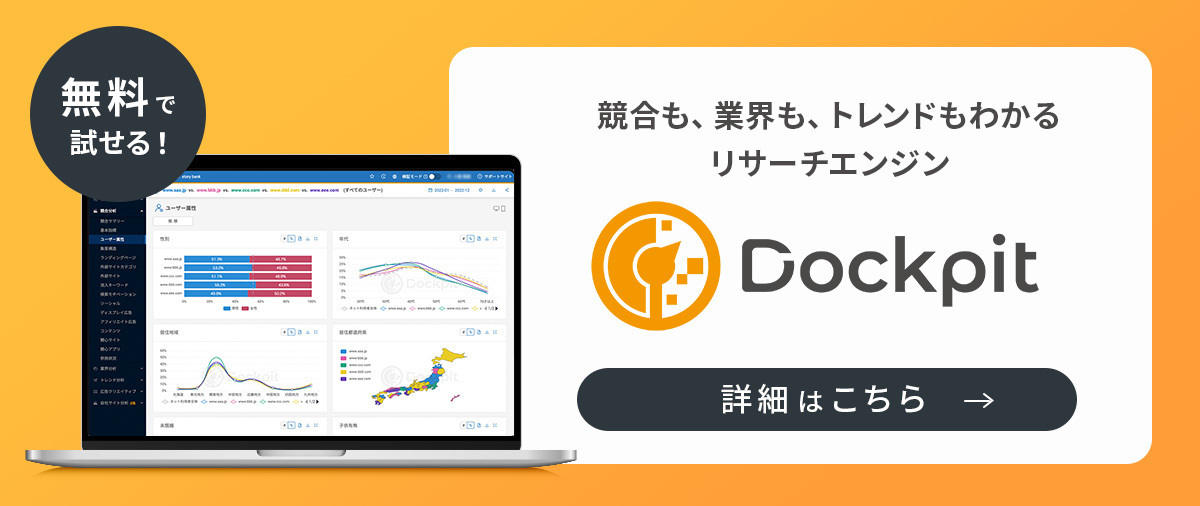
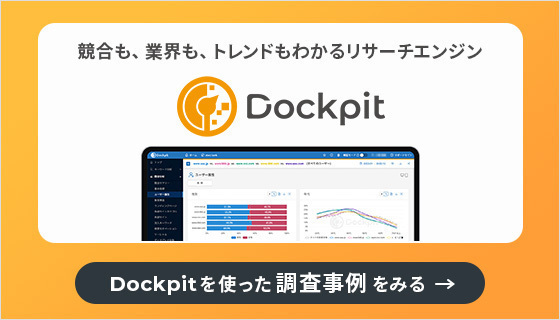

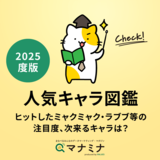

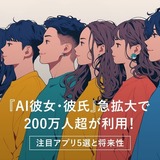
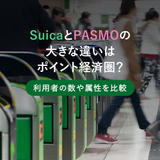

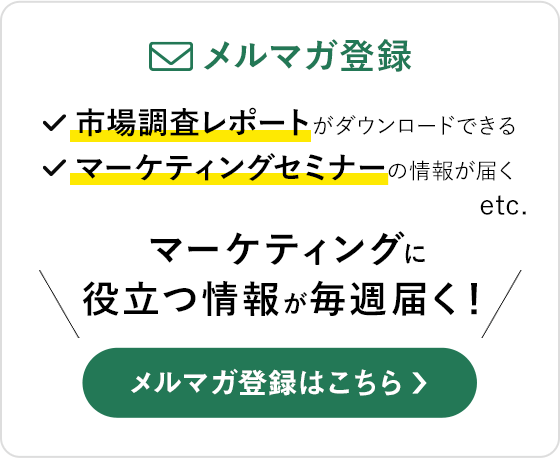








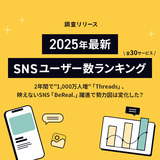



ネイティブボキャブラリー5選